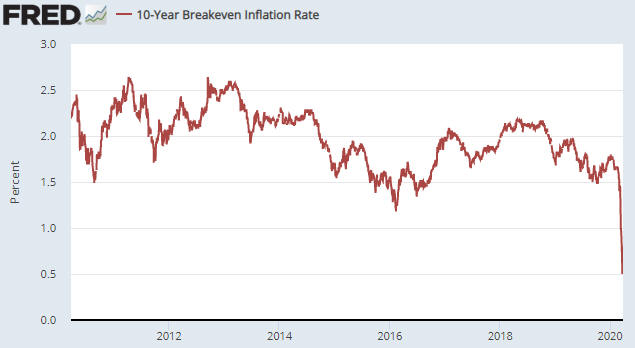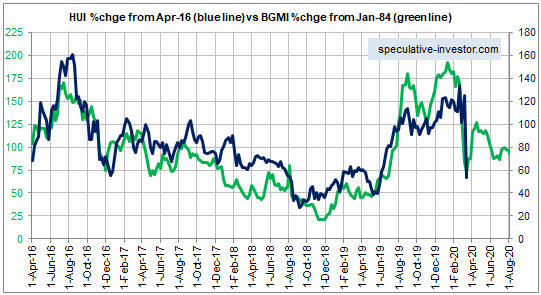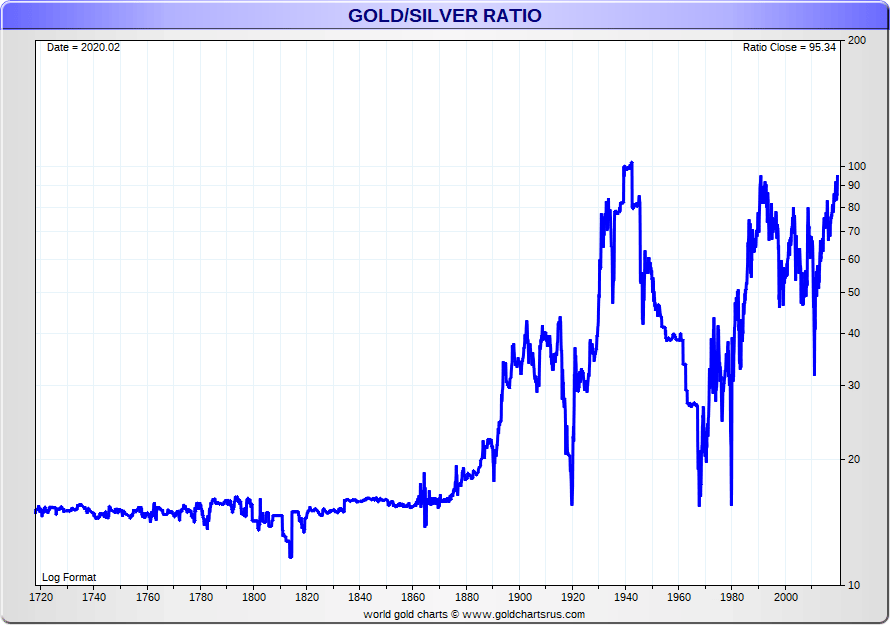[This blog post is an excerpt from a recent commentary published at TSI]
Modern Monetary Theory (MMT), which isn’t modern and isn’t a theory (in the true meaning of the word), is now being put into practice in many countries, including the US. What’s happening isn’t being called MMT, but that’s what it is.
Under cover of the “coronacrisis”, we are now witnessing the introduction of MMT. Specifically, in an effort to alleviate the short-term pain associated with the economy-wide shut-downs that they are enforcing as part of history’s biggest ever over-reaction, governments are now promising to spend money as if they had access to an unlimited supply of the stuff. They can do this because with the help of the central bank they do have access to an unlimited supply of the stuff.
The US government and the Fed are leading the way and in doing so all lines that are supposed to separate these two organisations are being blurred or eliminated. To put it another way, the pretence that the Fed is independent of the government has been dropped.
First, there’s the $2 trillion “stimulus” package that was just signed into effect by President Trump. How could a government that supposedly had to limit the pace of its deficit spending suddenly decide to instantly triple its deficit? Where is the money coming from to do this? After all, nobody is talking about increasing taxes. On the contrary, there is talk of delaying and reducing taxes. Clearly, the plan is for the money to be created out of nothing by the Fed.
Even more tellingly, there are the programs introduced by the Fed over the past two weeks. These are:
a) The Commercial Paper Funding Facility (CPFF), via which the Fed will buy commercial paper from issuers.
b) The Money Market Mutual Fund Liquidity Facility (MMLF), via which the Fed will lend to financial institutions secured by assets purchased by the financial institution from money market mutual funds.
c) The Main Street Business Lending Program (MSBLP), via which the Fed will lend directly to small and medium-size businesses.
d) The Primary Market Corporate Credit Facility (PMCCF), via which the Fed will buy corporate bonds from issuers.
e) The Secondary Market Corporate Credit Facility (SMCCF), via which the Fed will buy corporate bonds and bond ETFs in the secondary market.
f) The Term Asset-Backed Securities Loan Facility (TALF), via which the Fed will support the issuance of asset-backed securities.
Now, the Fed isn’t supposed to do any of the above, but it is getting around the existing regulations by creating Special Purpose Vehicles (SPVs) that will do the actual buying and lending. The US government will fund these SPVs with initial capital that the Fed will leverage 10:1. That is, for every dollar injected by the government into one of these SPVs, the Fed will create 10 new dollars via the traditional methods of fractional reserve banking.
The truly crazy thing is that the dollars that the government will inject into the Fed’s SPVs were previously created out of nothing when the Fed monetised Treasury securities. So, the Fed creates money out of nothing. This money then goes to the government. The government then deposits some of this money into the Fed’s new SPVs, and based on this injection of ‘capital’ the Fed creates a lot more money out of nothing.
The indirect costs, in terms of reduced productivity, higher unemployment and reduced living standards, of this money creation will be huge and long-lasting, but we’ll leave the discussion of these longer-term issues until after the immediate crisis has abated.
Our main point today is that the method of government funding appears to have changed in a permanent way. No longer will governments feel constrained by their abilities to tax the population and borrow from bond investors. From now on they will act like they have unrestricted access to a bottomless pool of money.
 Print This Post
Print This Post



